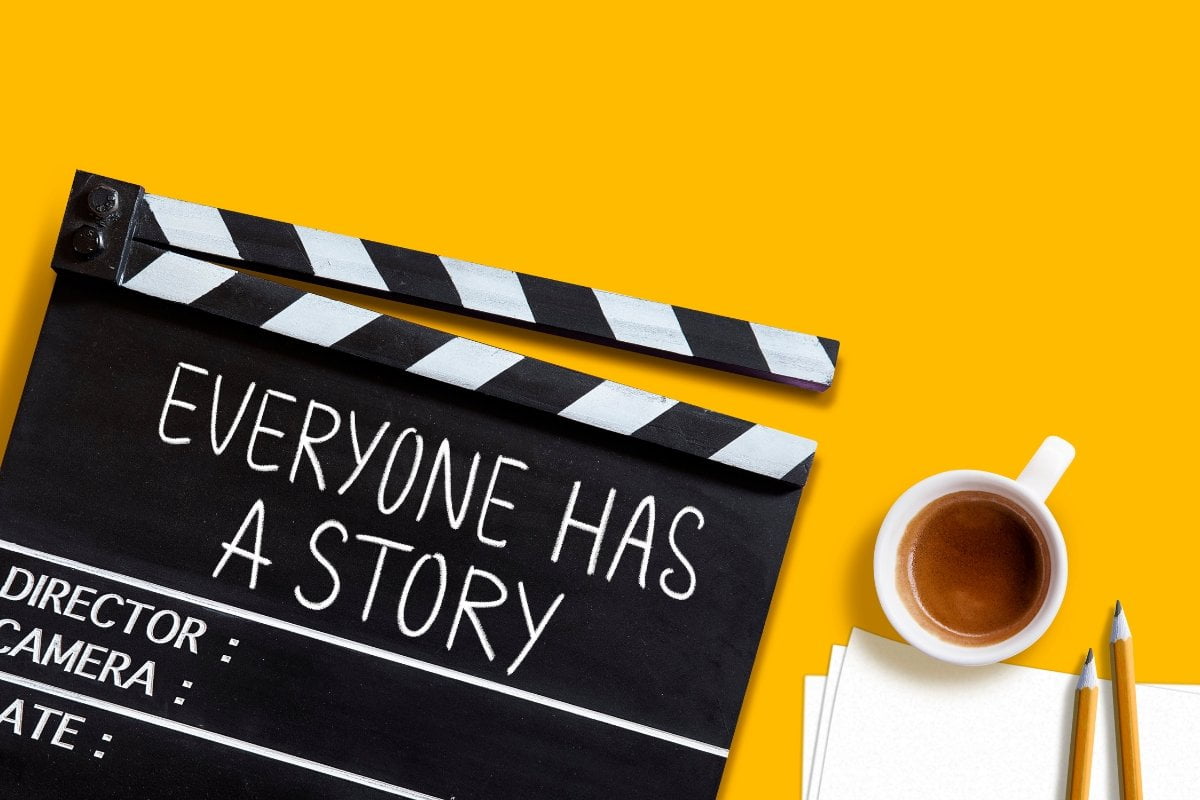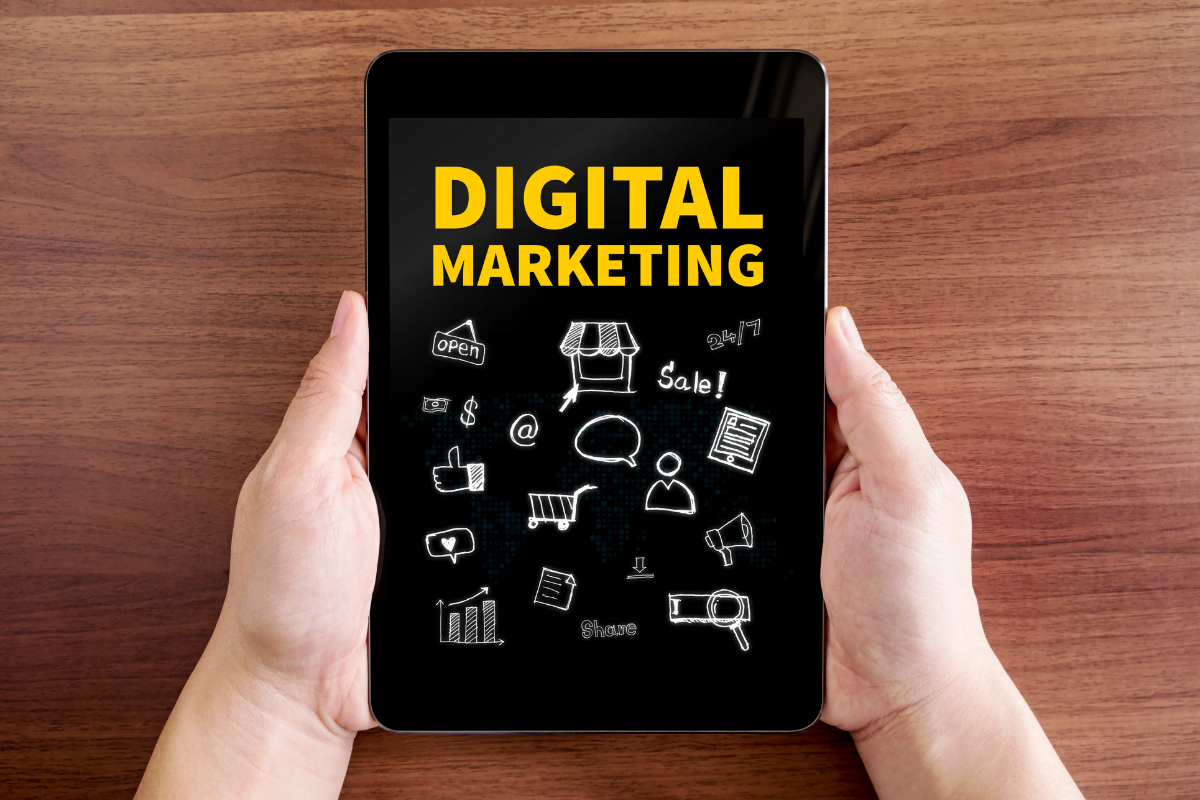Storytelling has the power to inspire, motivate and engage audiences in ways that no other form of communication can. The ability to craft compelling stories and communicate them effectively is a powerful tool for businesses looking to capitalize on potential opportunities, reach new customers and drive success.
In this blog post, we will explore the power of storytelling, how it can be used strategically in business and why it’s become increasingly important in the modern digital landscape. Buckle up; this is going to be an inspiring ride.
What is Storytelling?
Storytelling is an age-old practice that brings people together and helps us make sense of the chaotic and ever-changing world around us. As a result, it plays an important role in our lives and in business success. Storytelling can be used to educate, inform and entertain, while simultaneously building relationships, creating trust and inspiring action within an organization.
By crafting stories, we can visually and emotionally depict a brand’s core values, purpose and mission. This is why storytelling has become so critical in today’s business world—it’s one of the most powerful ways to communicate a business’ identity, build brand loyalty and create a lasting impression on potential customers.
Storytelling can be seen as a journey from one point to another, with a distinct beginning, middle and end. By carefully crafting these stories and sharing them with the right audience, businesses can effectively shape how people perceive and interact with their brand. Instead of simply selling a product, businesses can craft narratives that capture the hearts and minds of their customers, ultimately leading to greater brand engagement and loyalty.
To sum up, storytelling is a powerful tool that can transform a business’s ability to engage customers, build relationships and inspire action. It’s a valuable asset that shouldn’t be overlooked, as it can have a tremendous impact on a business’s overall success.

Harnessing The Power of Storytelling for Businesses: Unlocking An Opportunity to Capture Engagement and Drive Growth
Storytelling has become an essential tool in the business world today, not only to drive organic growth but also to build meaningful relationships with customers and stakeholders. By utilizing stories, businesses can capture the attention of their audience, create a memorable experience, and establish meaningful connections.
Studies have found that storytelling is the most powerful tool for driving engagement. It allows businesses to craft experiences that evoke emotion, strengthen customer loyalty and engagement, and inspire customers to take action.
Additionally, storytelling can help businesses differentiate themselves from their competition by illustrating their unique qualities and values. Storytelling can be used to convey a company’s mission, goals, and purpose, as well as to inform customers about their products and services.
Finally, storytelling can be used as a persuasive tool to influence decision-making and showcase a company’s capabilities. When done properly, storytelling can establish trust and confidence within customers, fostering loyalty and giving businesses an opportunity to demonstrate how their products and services can benefit customers and help them achieve their goals.
Thus, storytelling has become an invaluable tool for businesses to effectively and efficiently communicate messages, engage customers, and create lasting positive impressions. By mastering the power of storytelling, businesses can unlock the potential to build relationships and drive growth.
Leveraging Visuals for Effective Storytelling
When it comes to marketing and advertising, visuals have proven to be an effective way to capture the attention of your target audience. Like they say, “a picture is worth a thousand words” and in the business world, that maxim holds true. Visuals can offer a unique way to tell stories, effectively convey messages, and create emotional connections with target customers and prospects.
From videos to images and infographics, visuals engage audiences and help spread the story of your business. According to researchers, visual content has become increasingly important in marketing, with over 80% of content viewed being visual in nature. Furthermore, it’s estimated that visuals are processed 60,000 times faster by the brain than text, making them one of the most impactful marketing tools available.
When using visuals to tell stories, it’s important to select visuals carefully to ensure they are reflective of the story you are trying to tell. Select visuals that are relevant to the message you are trying to communicate, reinforce the story, and create an emotional connection with the audience. Additionally, match the visuals, such as colors and fonts, to the overall brand identity and message.
It’s also important to use visuals in combination with the written word. Pick up on the details that visuals cannot bring across and use stories to illustrate the concept, create an emotional bond with the audience, and inform them of the key learnings.
Overall, using visuals to tell stories and engage customers is a powerful tool. When used in combination with written words, visuals can help create an emotional bond, and convince customers to back your business.

Steps to Craft the Perfect Story: Unlocking the Power of Storytelling in Business
Storytelling is a powerful tool to capture attention and send your message home. It grabs audience’s hearts, minds and imaginations, which makes storytelling a key element for success in business. Crafting the perfect story can be the difference between success and failure – it’s a skill that businesses should prioritize if they want to make an impact. So, how do you create the perfect story? Here are some steps that will help you get started:
- Start with an ending: As you craft a story, it’s important to begin by thinking about the desired resolution. Visualize the surrounding events and characters as you depict the concluding scene of your story.
- Create a likable protagonist: Audiences will form emotional connections with characters who are relatable and likeable. Make sure the main character of your story is easy to identify with, so that people feel they can understand the character’s motivations and decisions.
- Introduce conflict: To keep readers engaged, introduce a problem or conflict the protagonist must face. Building tension and suspense can create a riveting story, so provide enough detail and information to keep the audience invested in the character’s journey.
- Develop a climax: This is the peak of the story and should contain all the elements of a great tale – surprise, tension, and suspense. The climax should make the audience experience the story’s climactic moment and get an emotional reaction from them.
- End on a high note: End the story on a high note by providing a resolution that feels complete, meaningful, and impactful.
Steps to Using Storytelling in Your Content Marketing Strategy.
Stories Connect People and Ideas Storytelling is a powerful tool when it comes to content marketing strategies. Not only can it convey your brand’s message in an impactful way, but it can also help to engage and connect with your audience in an emotional and meaningful way. By utilizing storytelling in your marketing efforts, you can create content that deeply resonates with consumers and encourages them to become more engaged with your brand. Here are the steps to take to successfully integrate storytelling into your content marketing strategy:
- Identify Your Brand’s Core Values and Goals: Start by getting clear on your brand’s goals and values. What do you stand for and what is most important to you? Consider how these values can be used as the basis for compelling stories that will help your audience connect with you on an emotional level.
- Brainstorm Story Ideas: Once you have established the core values and goals of your brand, it is time to start brainstorming story ideas. Think about stories that embody your brand values, or that may be a unique twist on a classic tale. These stories should engage your audience on a personal level and highlight the unique aspects of your brand.
- Develop Your Storyline: Once you have identified a story idea, begin developing your storyline. This involves outlining the key elements of your story and creating characters and situations that will keep your audience engaged. Your story should be well-structured and have a clear beginning, middle, and end.
- Choose the Best Medium for Your Story: Depending on your goals and resources, you can choose the best medium for your story. Video, audio, written, and visual storytelling can all be effective.

Harnessing the Power of Storytelling in Your Business: Why Working with Newman Web Solutions Is Key
The power of storytelling is vast – from captivating your customer base to inspiring and motivating your employees, storytelling is a powerful business tool that has often been overlooked. Yet in the modern digital age, storytelling is essential for delivering engaging content to a broad audience.
Working with the experienced team at Newman Web Solutions Web Agency can take your content to the next level and help you build stronger relationships with your customers through content that resonates with your target audience. Ultimately, storytelling is an invaluable tool for businesses of all sizes and industries, allowing you to create a memorable experience.





